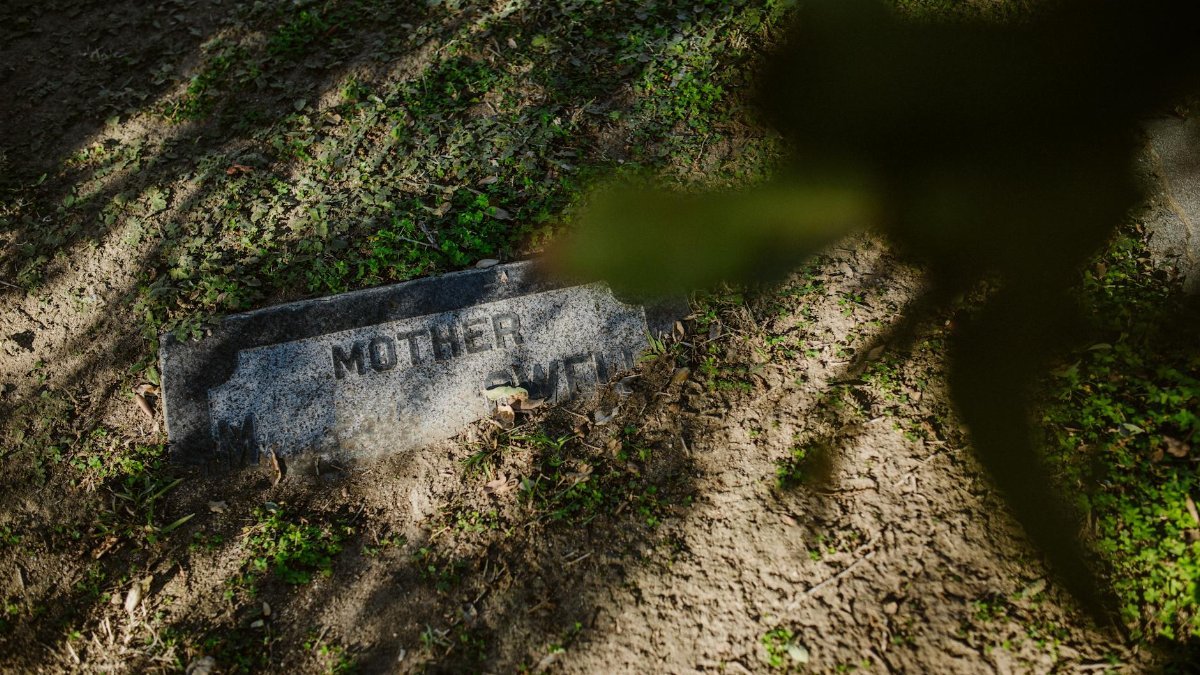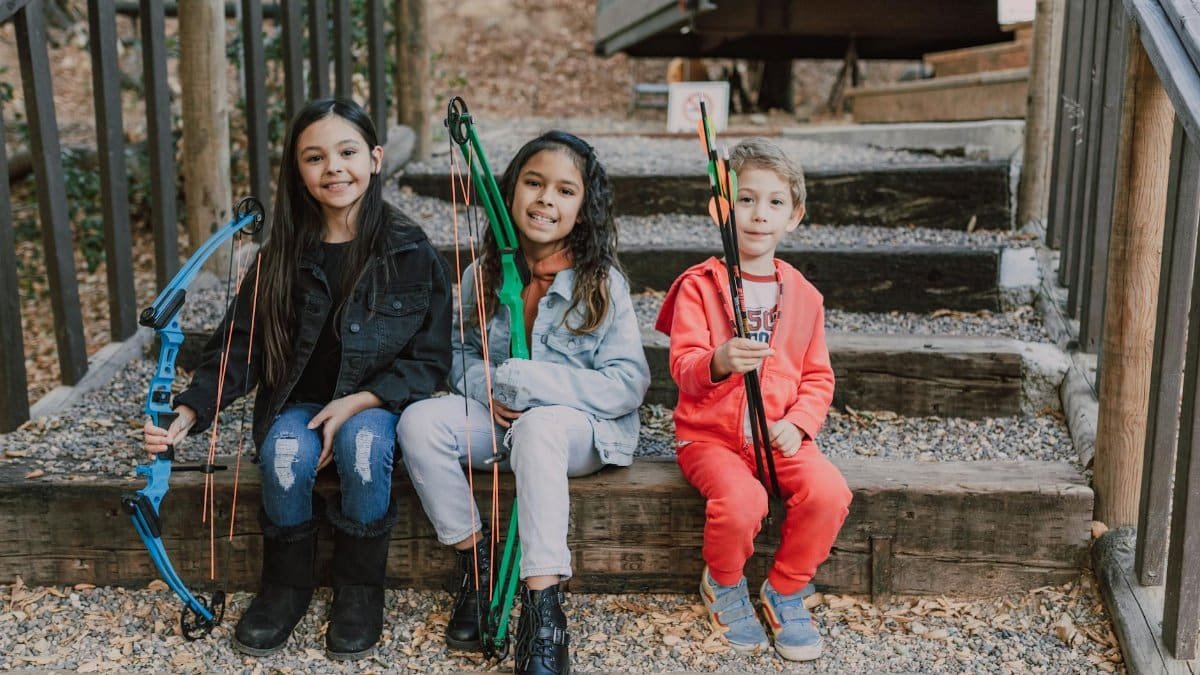In a world buzzing with distractions, mindfulness presence is emerging as a quiet revolution in emotional healing. New data from a 2023 survey reveals that 62% of U.S. adults now incorporate mindfulness practices into their daily routines to navigate life’s transitions, up from 45% just five years ago. This surge highlights how staying grounded in the moment can decode the unspoken pain in farewells. Whether it’s a breakup or a career shift, mindfulness presence offers tools to process goodbyes without the baggage of regret. Experts say it’s not just trendy—it’s transformative for mental health in 2025.
Decoding the Silence in Farewells

Goodbyes often carry more weight than words. Mindfulness presence teaches us to tune into those subtle cues—the lingering glance, the hesitant wave—that reveal deeper emotions. In everyday scenarios, like ending a phone call or leaving a job, these moments can feel loaded. By focusing on the present, people avoid projecting past hurts onto new endings. A study from the University of California, Berkeley, found that mindful awareness reduces emotional reactivity by 25%. This approach turns painful partings into opportunities for clarity. Practitioners report feeling more empowered, less haunted by what-ifs.
The Role of Breath in Letting Go

Breath is the anchor in mindfulness presence. When a goodbye hits hard, a simple breathing exercise can ground you. Inhale for four counts, hold, exhale slowly—it’s a reset button for the mind. This technique, rooted in ancient practices, helps dissolve the anxiety that bubbles up during separations. Therapists in New York clinics are prescribing it for clients dealing with loss. Research from the National Institutes of Health shows breath-focused mindfulness lowers stress hormones. In 2025, apps are making it accessible, turning fleeting breaths into lasting peace.
Why Pretending Prolongs the Pain

Faking fine during goodbyes only delays healing. Mindfulness presence cuts through that facade, urging honesty with oneself. Pretending everything’s okay might smooth the moment, but it festers inside. Wellness coaches emphasize observing thoughts without judgment, a core tenet here. A report by the American Psychological Association notes that suppressed emotions lead to higher depression rates. By embracing the raw truth in farewells, individuals foster genuine closure. This shift is gaining traction in U.S. therapy sessions, where clients learn to say goodbye without the mask.
Presence in Everyday Endings

Not all goodbyes are dramatic. Mindfulness presence applies to the mundane, like wrapping up a meeting or ending a casual chat. Staying present prevents autopilot responses that leave loose ends. In bustling cities like Chicago, professionals use it to end interactions mindfully, boosting productivity and relationships. Data from Harvard’s mindfulness programs indicates improved interpersonal skills. It’s about honoring the moment, ensuring every exit feels complete. As remote work persists in 2025, this practice keeps virtual goodbyes from feeling abrupt or impersonal.
Healing Through Mindful Reflection

After a goodbye, reflection is key. Mindfulness presence encourages journaling or quiet contemplation to unpack what was said—and unsaid. This isn’t dwelling; it’s processing. Survivors of breakups often find solace here, turning confusion into insight. A 2024 study in the Journal of Positive Psychology linked reflective mindfulness to faster emotional recovery. In wellness retreats across California, participants practice this to rewrite their narratives. The result? Goodbyes become stepping stones, not scars, fostering resilience in an unpredictable world.
Challenges of Staying Present

Mindfulness presence isn’t effortless. Distractions from social media or daily stress can derail focus during emotional moments. Common pitfalls include overthinking or numbing out. Experts recommend starting small, like five-minute sessions. The American Psychological Association outlines strategies to overcome these hurdles, backed by clinical trials. In urban hubs like Miami, group classes address these issues head-on. Persistence pays off, with many reporting breakthroughs after initial struggles. It’s a skill that sharpens with time, making tough goodbyes more manageable.
Impact on Relationships and Growth

Mastering mindfulness presence reshapes how we connect. In relationships, it leads to more authentic partings, reducing resentment. Friends and partners who practice it communicate hidden feelings better. A Pew Research survey shows 55% of millennials value emotional transparency in bonds. This extends to personal growth, where goodbyes signal evolution, not loss. In 2025, corporate wellness programs are integrating it to handle team changes smoothly. Ultimately, it builds empathy, turning endings into bridges for stronger futures.
Practical Steps to Begin

Ready to try? Start with awareness: Notice your body’s signals during a goodbye. Incorporate mindfulness presence by pausing before responding. Apps like Headspace offer guided sessions tailored to transitions. Build a routine—morning meditation sets the tone. Therapists suggest pairing it with gratitude lists to reframe farewells positively. With consistent effort, it becomes second nature, easing the hidden language of goodbyes into something empowering.
